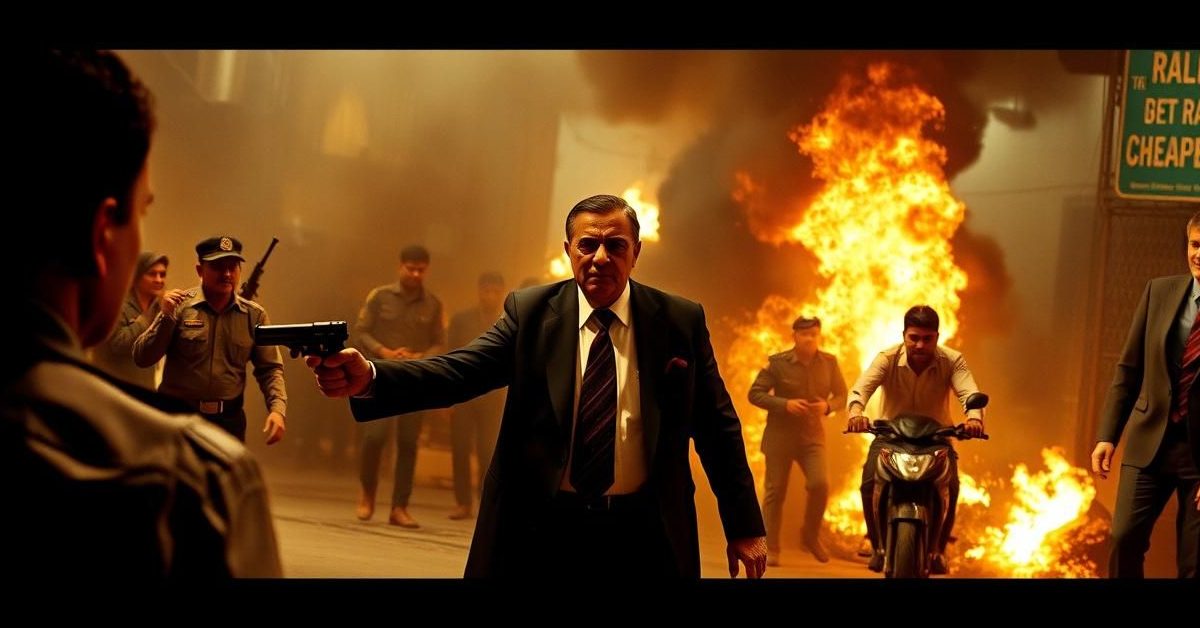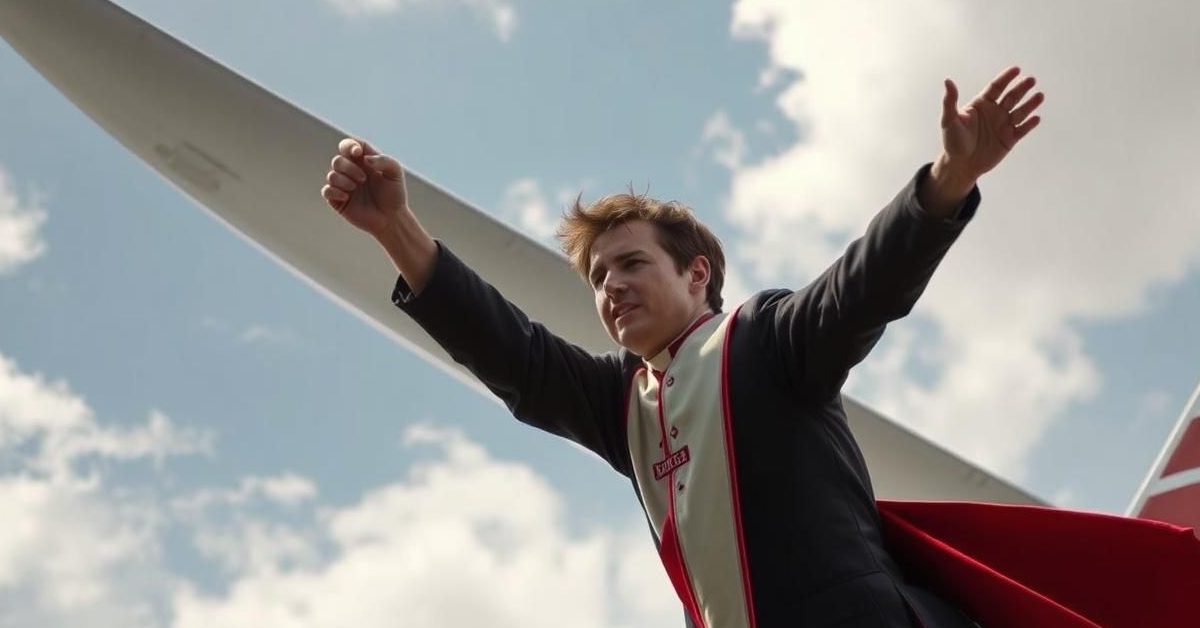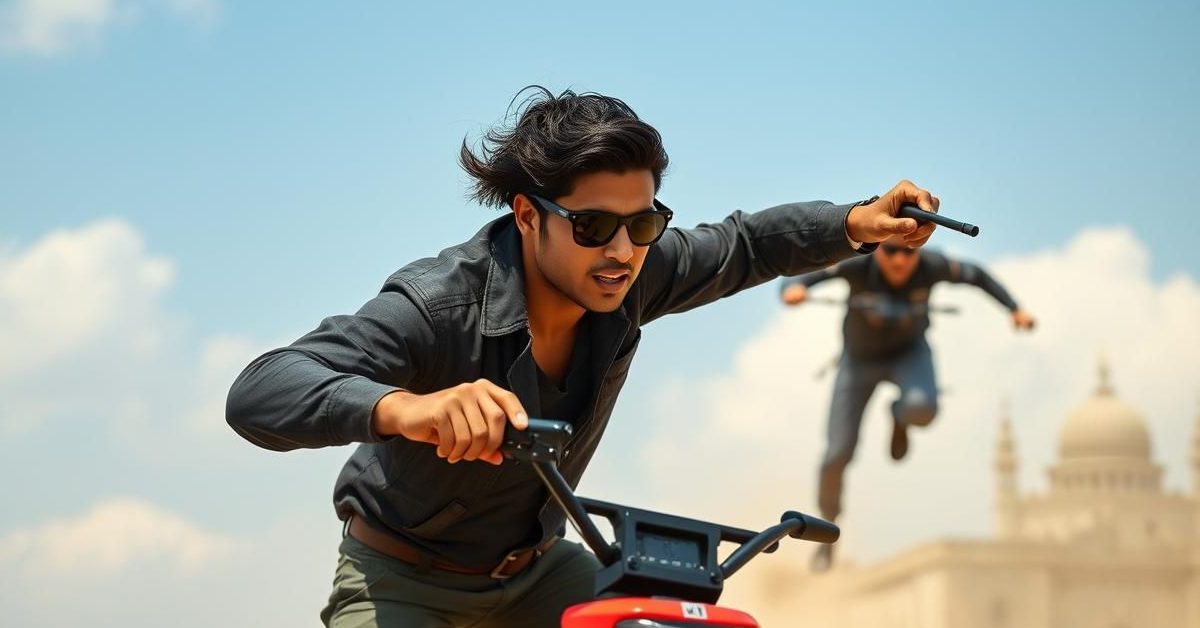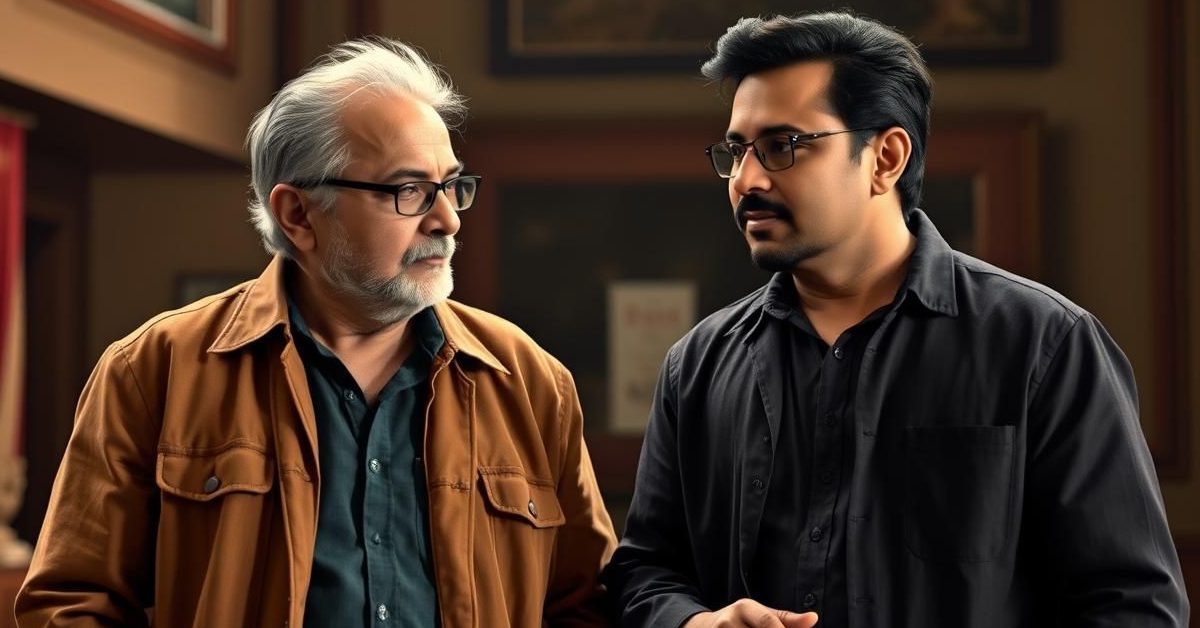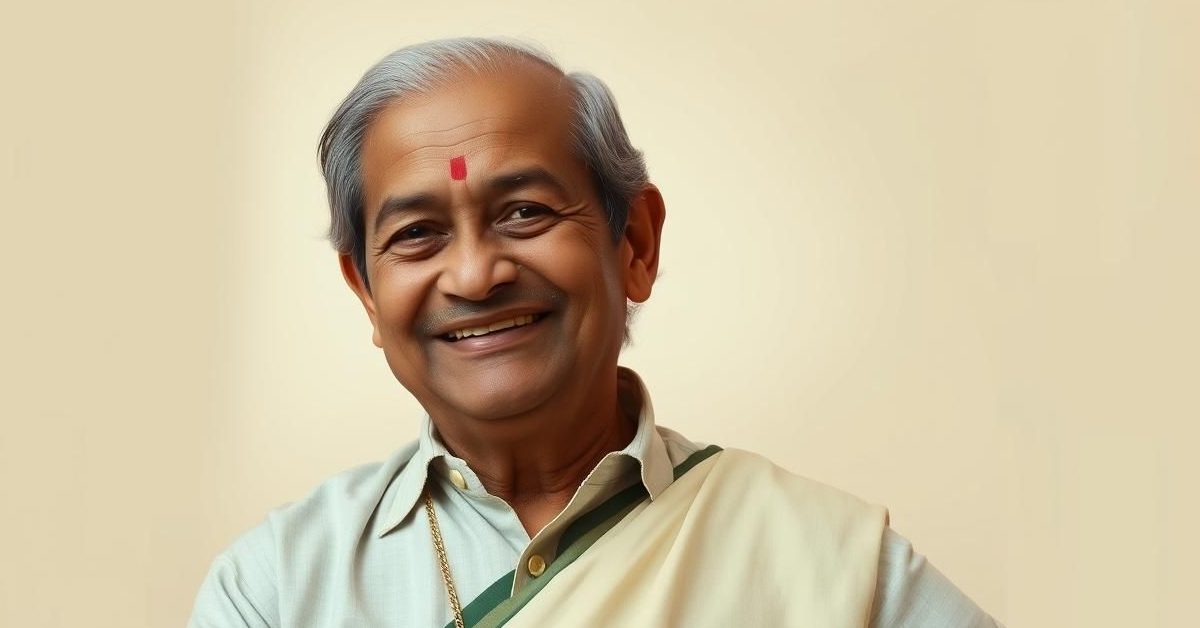The Unveiling of Power: Sarkar’s Electrifying Overture
How does one truly capture the essence of raw, unyielding power on the silver screen? This profound question lies at the heart of the iconic opening sequence in Ram Gopal Varma’s cinematic masterpiece, *Sarkar*. While superficially echoing the revered beginning of Francis Ford Coppola’s *The Godfather*, Varma’s vision transcends mere homage, morphing into a reinterpretation that carves its own formidable legend. The fundamental structure might be familiar – a desperate man, a daughter wronged, a plea for intervention to a formidable figure – yet, beneath this surface, a vastly different narrative pulse beats.
Coppola’s Restraint vs. Varma’s Grandeur
The distinction between these two legendary scenes begins in their very conceptualization. Francis Ford Coppola, in *The Godfather*, crafts a world steeped in an almost suffocating restraint. His camera is a patient observer, lingering in long, steady takes, only subtly shifting to capture the faintest flicker of emotion. The room where Don Vito Corleone presides is cloaked in deep shadows, the air heavy with an unspoken gravitas. Every deliberate pause, every hushed whisper, resonates with immense weight. When Marlon Brando, as Don Corleone, murmurs, “You don’t offer me friendship. You don’t even think to call me Godfather,” the moment is charged not with overt fury, but a deeper blend of disappointment and unchallenged authority. Coppola invites the audience to *feel* power, close and intimately unsettling.
Ram Gopal Varma, however, chooses a divergent path. His gaze is bolder, less constrained, creating a vivid, almost theatrical tableau that distinctly defines *Sarkar*’s world.
A World Speaks Before The Man: Sarkar’s Myth-Building
Varma’s audacious vision for *Sarkar* immediately sets the stage for a deity-like figure, even before Amitabh Bachchan’s magnetic presence graces the screen. The scene commences with the arrival of Virender Saxena, a father consumed by grief, stepping out of an auto-rickshaw and embarking on a quiet, determined walk into the expansive mansion where Sarkar resides. This walk is more than mere transit; it’s a journey into an unfolding legend.
Outside the opulent gates, a long, disciplined queue of devotees stretches into the distance, patiently awaiting an audience. Inside, a fascinating tableau unfolds: men with firearms stand shoulder-to-shoulder with figures clad in traditional khadi and kurta, all converging in this powerful nexus. The visual cues are immediate and potent: whoever Sarkar is, he is the ultimate recourse, the one everyone needs. Bodybuilders silently hoist weights, guards move with a disciplined reverence usually reserved for more than just a man. It is through the father’s widened, stunned gaze, caught between despair and a fragile hope, that the true scale of Sarkar’s influence becomes breathtakingly clear. With each hesitant step deeper into this imposing realm, a flicker of something shifts – the desperate hope that here, perhaps, a glimmer of justice might still exist.
Stylistic Audacity: Voiceovers, Dutch Angles, and German Expressionism
Varma punctuates this immersive introduction with a crucial, almost revolutionary element: a pervasive, steady voiceover that underpins the entire sequence like an inescapable current. At one point, the voiceover seamlessly transitions into live speech, a bold, rule-breaking stroke by a filmmaker unafraid to challenge convention. The stylistic choices are undeniably pronounced, even theatrical. Dutch angles subtly distort reality, pulling the viewer into an unsettling, dynamic perspective. The lighting, clearly influenced by German Expressionism, carves stark silhouettes and deep shadows, defining space with dramatic flair. The camera itself is not just a passive recorder; it soars, swoops, and encircles, offering a panoramic yet intimate view of Sarkar’s domain. Through this audacious style, Varma masterfully crafts the myth, presenting the phenomenon before the man.
The Rage of a System Betrayed: Sarkar’s Distinctive Fury
Crucially, the emotional core of Varma’s narrative diverges significantly from Coppola’s. *Sarkar* meticulously carves out the profound ache of a father, utterly wronged and failed by the very system designed to protect him. In this desperate space, through Sarkar, he discovers the existence of an alternative, extralegal system. In *The Godfather*, Don Corleone’s anger, though formidable, often stems from a deeply personal place, a perceived slight against his honor or loyalty. His power demands fealty.
Sarkar’s fury, conversely, is directed outward, not at the supplicant standing before him, but at the broken, corrupt world that forced this father to seek justice outside the established law. Sarkar is not incensed by the plea itself, but by the tragic necessity of it. This fundamental difference underscores the core distinction: Coppola narrated the tale of a Don, a gangster cloaking vengeance in the guise of justice. Varma, however, portrayed an outlaw, a messianic figure compelled to restore genuine justice where the formal system had failed.
In essence, *Sarkar* serves as a powerful reimagining of the iconic “angry young man” archetype that defined a generation of Indian cinema. In that seminal opening, Amitabh Bachchan is given hardly any dialogue. Yet, a tight close-up on his eyes, simmering with the very same rage that once blazed across screens, now speaks volumes from beneath a veil of silence. This is the profound strength of *Sarkar*’s genesis. It commences as a cinematic portrait of raw power, yet by its conclusion, it evolves into an indelible image of authority forged from betrayal, tempered by time, and ignited by a righteous fury. While often linked to Coppola’s *The Godfather* or even the towering figure of Balasaheb Thackeray, the film’s true homage is to the enduring cinematic rage that propelled Amitabh Bachchan to become one of the greatest movie stars India has ever known.
